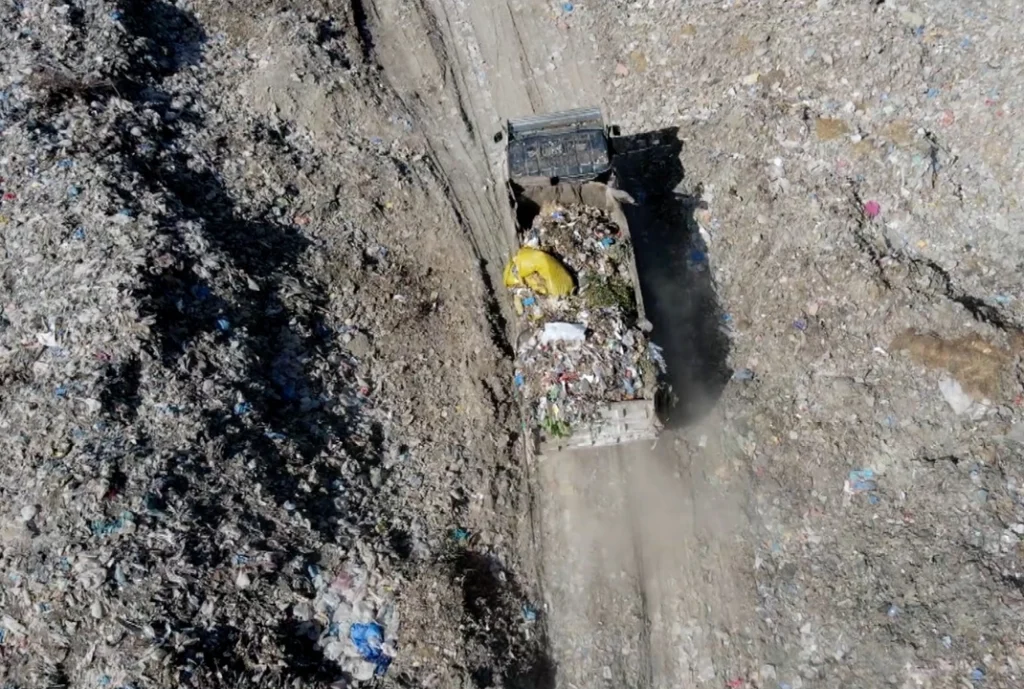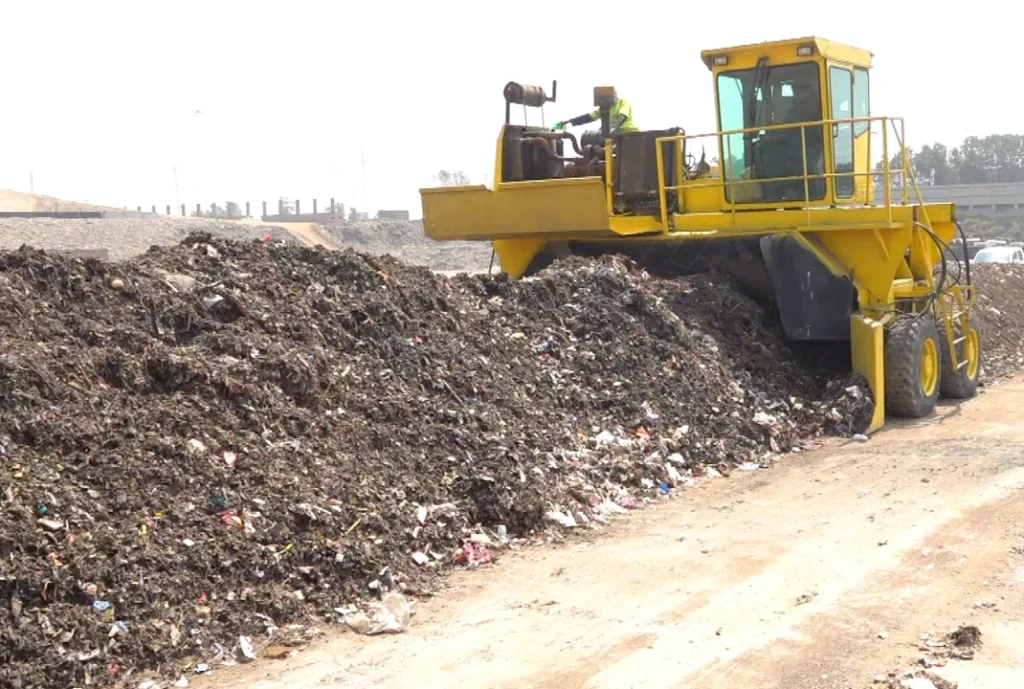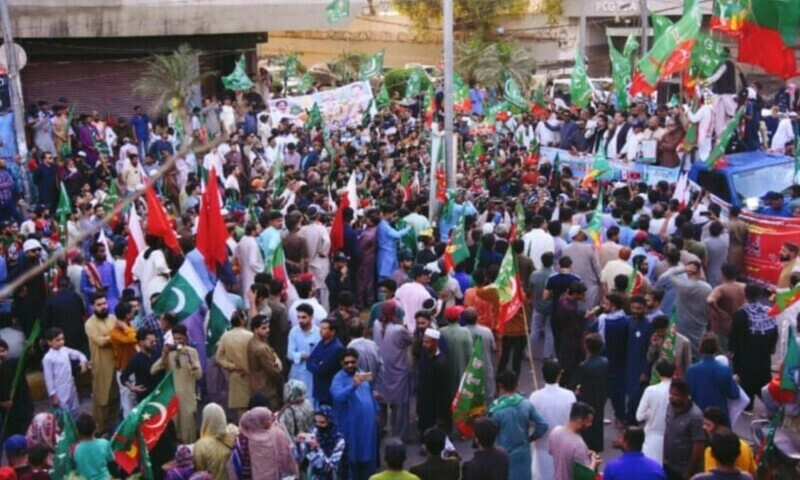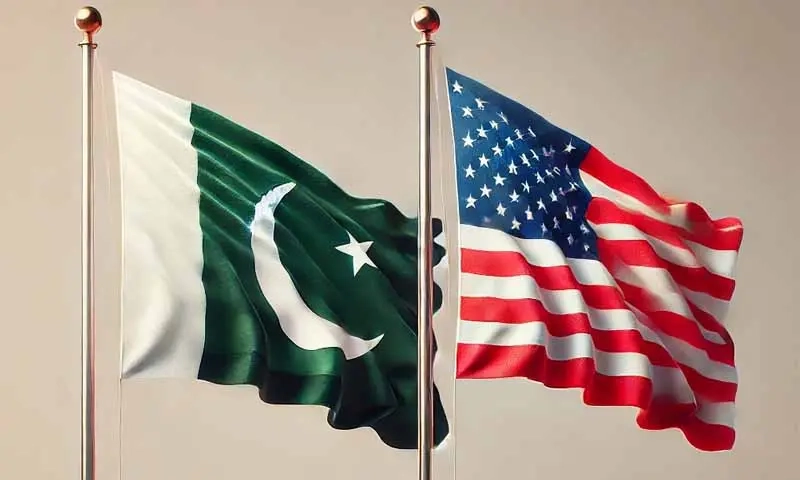- Web Desk
- 7 Hours ago

Lahore’s garbage mountain disappears, Mehmood Booti restoration project underway
-

- Shiraz Hasnat
- Today

LAHORE: Those travelling on Lahore’s Ring Road know well that a few years ago, a garbage mountain was visible near what is now Mehmood Booti Dumpsite. It was an eyesore and increased environmental pollution as well. But now, that has changed – that garbage mountain has now disappeared and the restoration work of this place is underway. So the question arises, where did those millions of tons of garbage go?
Cosmopolitan Club: a century of Lahore’s social and cultural heritage
Lahore is the second largest city in Pakistan and 26th largest city in the world. According to a conservative estimate, the population of this city is more than 14 million. This is why thousands of tons of garbage is collected from Lahore every day, weighing nearly 6,000 tonnes. To dispose of this waste, two major landfill sites have been established in the city, one of which is Mehmood Booti.
The Mehmood Booti landfill site was closed in 2016, but by then about 14 million tons of waste had accumulated there. These landfill sites had become a major cause of environmental, water, and air pollution. While the gases emitted from this site were polluting the air, the water collected in it was also being absorbed into the ground and poisoning the groundwater.

Ravi Urban Development Authority (RUDA) Director Environment and Climate Change Ahad Yousaf Khan said, “This site emits about 200,000 to 250,000 tons of carbon every year. This is as much as half of Lahore’s traffic. In addition, the seepage of this water underground was also polluting drinking water, and its impact was reaching a radius of 7 kilometers.”
Now, after this dangerous environment, the work of rehabilitating this place is underway. The Lahore Waste Management Company (LWMC) has decided to make this place the largest carbon credit project in the country. Under this project, an urban forest and a solar park will be established at the dumping site of Mehmood Booti. This will not only help in cleaning the environment, but will also increase energy production.
Sharing the details of this project, LWMC Site Manager Muhammad Yasir said, “In the past, leachate was going underground here, which was polluting the water. Now, the place has been shale-lined to prevent gas emission and reduce groundwater pollution. In addition, urban forestry will be done and a solar park will also be built at this place.”
ScienceDirect defines ‘leachate’ as “contaminated liquid that is generated from water percolating through a solid waste disposal site, accumulating contaminants, and moving into subsurface areas.”
This project will not only improve the environment of Lahore but will also provide an opportunity to collect foreign exchange by selling carbon credits in the global market, Yasir added.

On the other hand, Lahore’s second landfill site, the Lakhodair Landfill, has also accumulated approximately 20 million tonnes of waste. According to officials, this site is also at full capacity, but it can still operate for another two to three years. RUDA and LWMC are also looking for an alternative site for this.
Lahore education board bans uploading of guess papers on social media
The restoration of Mehmood Booti and related projects are a big step towards environmental protection and solving the energy crisis not only for Lahore but also for the entire country. Such measures will not only help in saving the environment but will also enhance the nation’s economic growth and stability.




